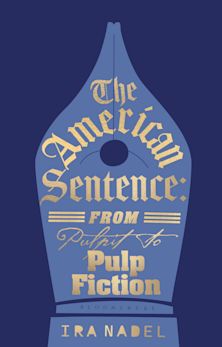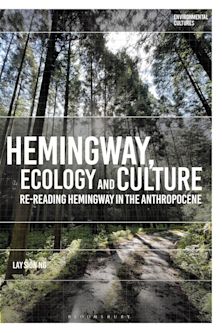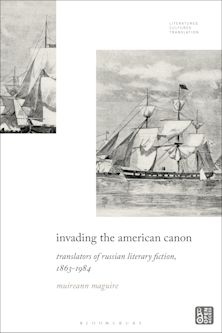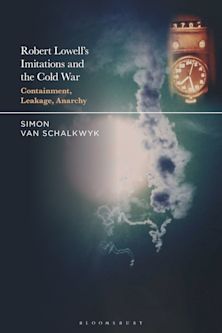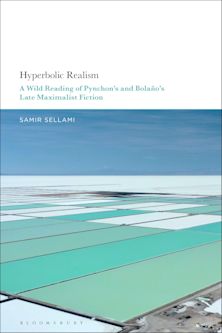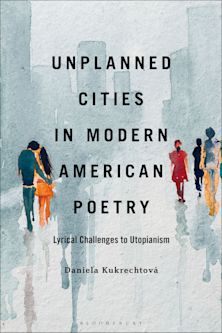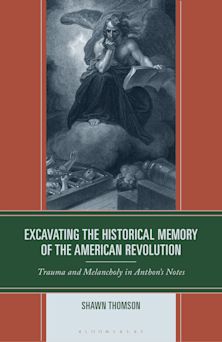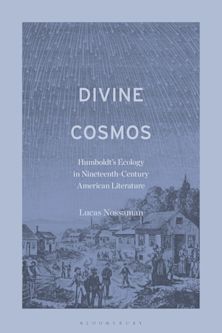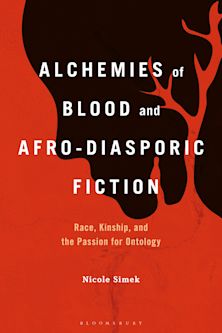- Home
- ACADEMIC
- Literary Studies
- North American and Caribbean Literature
- Reading Contemporary African American Literature
Reading Contemporary African American Literature
Black Women’s Popular Fiction, Post-Civil Rights Experience, and the African American Canon
Reading Contemporary African American Literature
Black Women’s Popular Fiction, Post-Civil Rights Experience, and the African American Canon
This product is usually dispatched within 3 days
- Delivery and returns info
-
Free US delivery on orders $35 or over
You must sign in to add this item to your wishlist. Please sign in or create an account
Description
Reading Contemporary African American Literature focuses on the subject of contemporary African American popular fiction by women. Bragg’s study addresses why such work should be the subject of scholarly examination, describes the events and attitudes which account for the critical neglect of this body of work, and models a critical approach to such narratives that demonstrates the distinctive ways in which this literature captures the complexities of post-civil rights era black experiences. In making her arguments regarding the value of popular writing, Bragg argues that black women’s popular fiction foregrounds gender in ways that are frequently missing from other modes of narrative production. They exhibit a responsiveness and timeliness to the shifting social terrain which is reflected in the rapidly shifting styles and themes which characterize popular fiction. In doing so, they extend the historical function of African American literature by continuing to engage the black body as a symbol of political meaning in the social context of the United States. In popular literature Beauty Bragg locates a space from which black women engage a variety of public discourses.
Table of Contents
Introduction: Locating an African American Literary Tradition
Chapter 1: The Reconstructionist Canon, Black Feminist Literary Perspectives, and Popular Potential
Chapter 2: Toni Morrison’s Tar Baby and the Problem of Classification
Chapter 3: Girlfriend Fiction: Black Women Writers and Readers Negotiating Post-Civil Rights Womanhood
Chapter 4: Feminism and the Streets: Urban Fiction and the Quest for Female Independence in the Era of Transactional Sexuality
Chapter 5: Hip Hop Tell-All Memoirs and Modes of Self-Construction
Conclusion: From Critical Practice to Classroom Practice
Bibliography
Index
About the Author
Product details
| Published | Jun 07 2016 |
|---|---|
| Format | Paperback |
| Edition | 1st |
| Extent | 140 |
| ISBN | 9781498507141 |
| Imprint | Lexington Books |
| Dimensions | 9 x 6 inches |
| Publisher | Bloomsbury Publishing |
About the contributors
Reviews
-
Bragg’s new study offers support for those wishing to re-examine the incorporation of popular fiction in their classrooms or scholarship. This new analysis of popular fiction places popular fiction alongside historical writing movements, offers feminist approaches to understanding the goals of black women authors’ fiction, and gives scholars a new foundation to build upon. Popular fiction is needed in the classroom and the canon, and would be a welcome addition to scholarly studies. Those interested and working with, or even considering, popular fiction should pick this study up as a framework for analysis.
English: Journal of the English Association
-
Beauty Bragg offers a concise, wonderfully readable, and persuasively argued black feminist study that forces us to reexamine our understandings of high and low in African American literature and culture.
T. Denean Sharpley-Whiting, Vanderbilt University
-
Reading Contemporary African American Literature does the much-needed work required to help scholars and students alike understand the ways popular fiction speaks to many of the same discourses serious literature explores. The unparalleled popularity of books like Push and Coldest Winter Ever nudged us all to acquire an expanded understanding of the work popular fiction authored by African American women writers could do and in unprecedented ways—from building new audiences to offering uncompromising critiques of systemic forces that enable poverty and abuse, to celebrating the beauty of African American life in all of its iterations. Here, Bragg takes an important first step in helping us tear down imagined barriers between differing communities of readers who appreciate the ways African American women writers render the full range of these communities' experiences in narrative.
Dana Williams, Howard University














